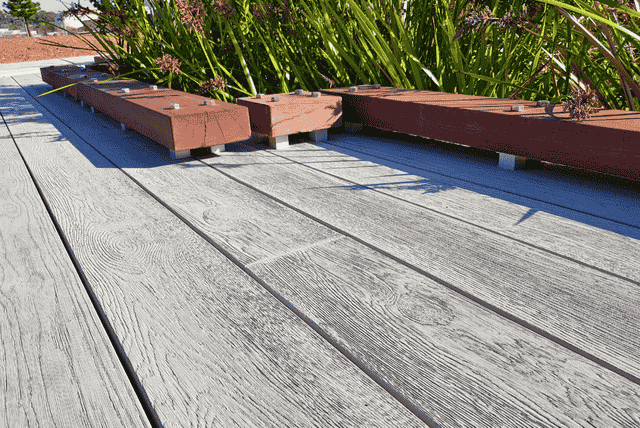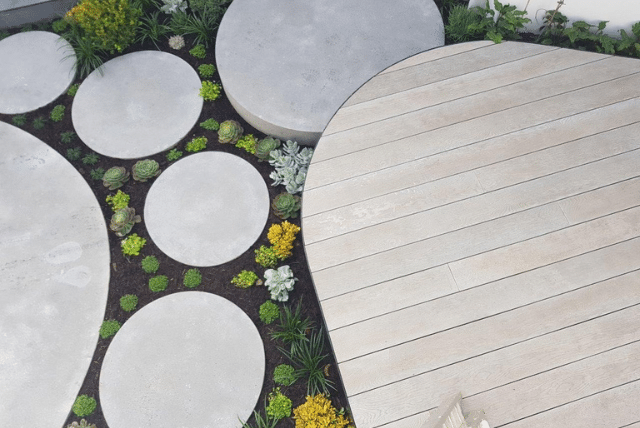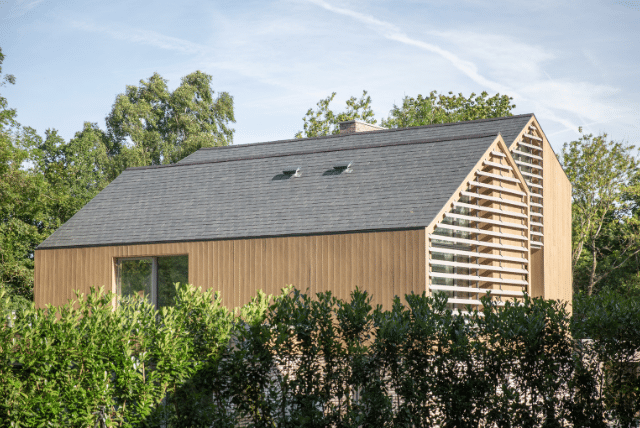Standard Gap Between Decking Boards: What You Need to Know
The gap between decking boards is a crucial detail that should not be overlooked when building a deck, as proper spacing ensures the deck’s durability, functionality, and aesthetic appeal. This guide will explain everything you need to know about deck board spacing, including why it matters, determining the right gap, and avoiding common mistakes.
1. Why The Gap Between Decking Boards Matters
The gap between decking boards serves several important functions. Firstly, it allows for water drainage, preventing pooling and promoting airflow beneath the deck. Secondly, it accommodates the natural expansion and contraction of wood due to temperature and humidity changes. Without proper spacing, wooden decking boards could warp, buckle, or even become damaged over time.
In addition to functional benefits, the right gap size enhances the aesthetic appeal of a deck. A well-spaced deck with even gaps looks neat and clean, contributing to a more polished, professional finish.
2. Optimal Deck Board Spacing Explained
So, what is the standard gap between decking boards? The general rule of thumb for Millboard decking is that boards should be spaced about 4 mm apart, with approximately 1 mm on butt joints, and there should be a 10 mm gap between the board and any solid surface for proper drainage. However, the ideal gap can vary depending on the material you’re using, which we’ll cover in more detail below.
In some cases, composite decking materials are also designed with built-in spacing features that make gap determination easier, while wood decking may require more attention to ensure proper spacing.
3. How to Determine the Perfect Gap Size
When determining the appropriate spacing between decking boards, several factors come into play. One crucial consideration is the moisture content of the decking material before installation. When wood decking absorbs moisture, it expands, and as it dries out, it contracts. In humid climates, it’s generally advisable to leave slightly larger gaps between boards to accommodate the increased expansion that occurs in moist conditions.
However, when it comes to Millboard decking, the spacing requirements are more straightforward. For optimal results, Millboard recommends maintaining a consistent 4 mm gap between boards and approximately 1 mm on butt joints. Additionally, to ensure proper drainage, a 10 mm gap should be left between the boards and any solid surface. Unlike natural wood, Millboard does not absorb moisture or contract in humid weather, eliminating the need for guesswork and for larger gaps to account for these factors.
If you’re still unsure, you can also refer to the manufacturer’s instructions for recommended gap sizes. They often provide guidelines based on the specific product’s design and the materials used.

4. Ensuring Longevity: Importance of Gap Maintenance
What gap should there be between decking boards as your deck ages? Over time, it’s crucial to inspect the gaps between traditional wooden decking boards to ensure they haven’t closed or become uneven. Regular maintenance includes cleaning out any debris that may have accumulated in the gaps and checking for signs of warping or expansion.
Proper gap maintenance also helps prevent costly repairs down the road. By ensuring there’s enough space for water to flow freely through the deck, you minimise the risk of wood deterioration and keep your deck looking great for years to come.
However, with Millboard decking, many of these concerns become a thing of the past. Millboard’s advanced composite decking is designed to maintain its structural integrity and appearance over time, without the need for constant gap adjustments. Unlike natural wood, Millboard decking resists warping, ensuring that a deck remains even and free from tripping hazards. Additionally, Millboard’s moisture-resistant properties prevent the deterioration commonly associated with traditional wooden decks, providing a low-maintenance solution that continues to look great with minimal effort.
5. Expert Tips for Achieving the Right Deck Board Gap
For those wondering how to space decking boards, here are a few expert tips:
- Use a Decking Spacer Tool: These handy tools are designed to help you achieve even spacing between your boards every time. They are especially helpful when working with multiple boards.
- Check Manufacturer Guidelines: Always refer to the manufacturer’s recommendations for the specific decking material you’re using, such as Millboard decking. They often provide exact gap measurements that ensure optimal performance.
- Don’t Overcompensate: While it’s important to leave space for expansion and drainage, overly wide gaps can make your deck look unfinished and may lead to other issues, such as debris collecting in between the boards.
Conclusion
By carefully considering your decking material, climate conditions, and the correct spacing techniques, you can build a deck that will last for years and continue to look great, and by understanding how far apart decking boards should be, you can ensure the longevity and durability of any outdoor space. Proper spacing is key to a beautiful and long-lasting deck.
Millboard composite decking offers a virtually maintenance-free solution with the realistic look of natural timber. This 100% wood-free composite decking boasts best-in-class slip resistance, zero splinters, and never needs oiling or sealing. Backed by a 25-year limited residential warranty, Millboard provides an external flooring solution without the hassles associated with traditional wood or other composite products.
Browse our full range and order your free samples to see first-hand how much difference Millboard decking can make.







